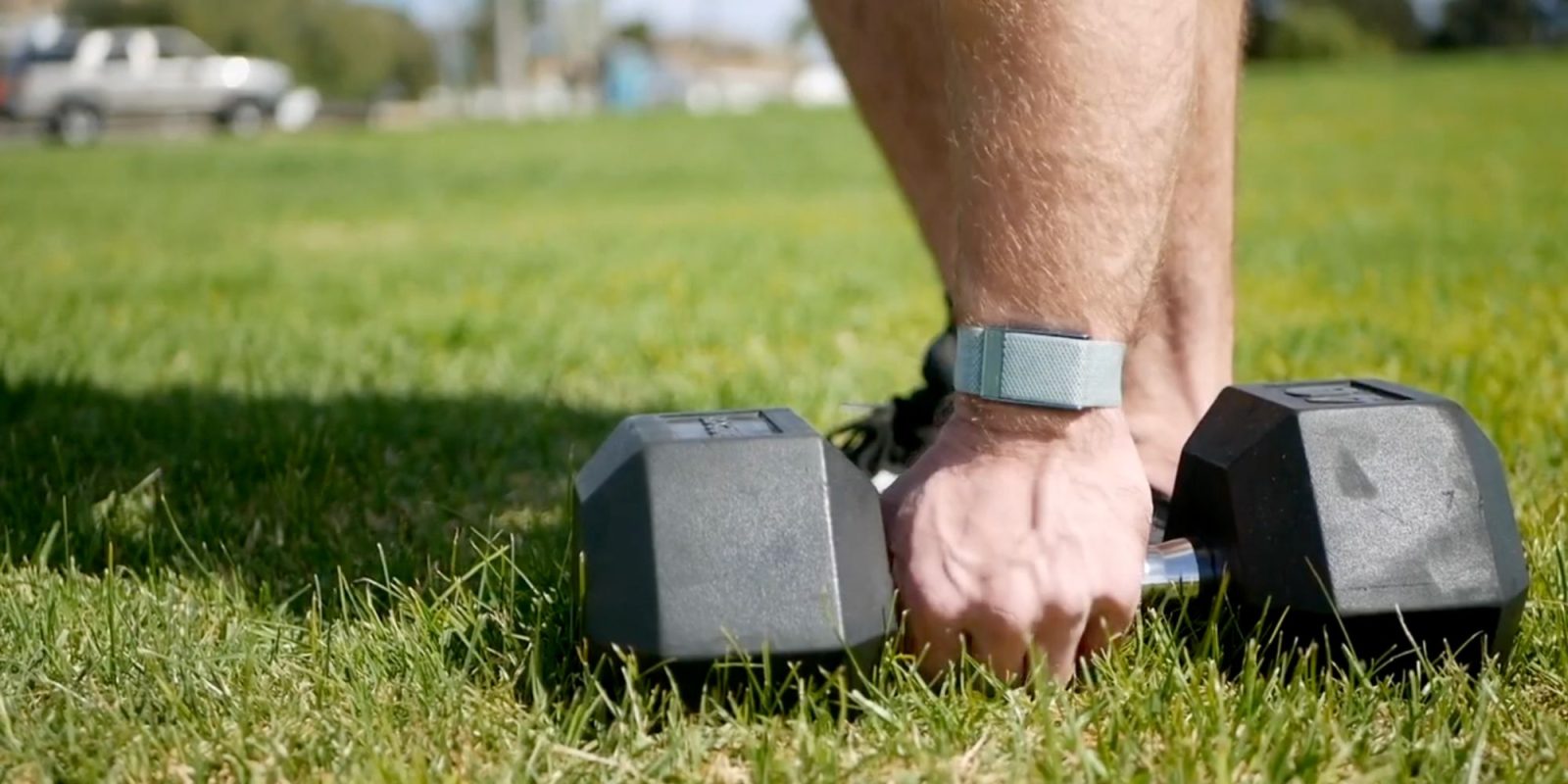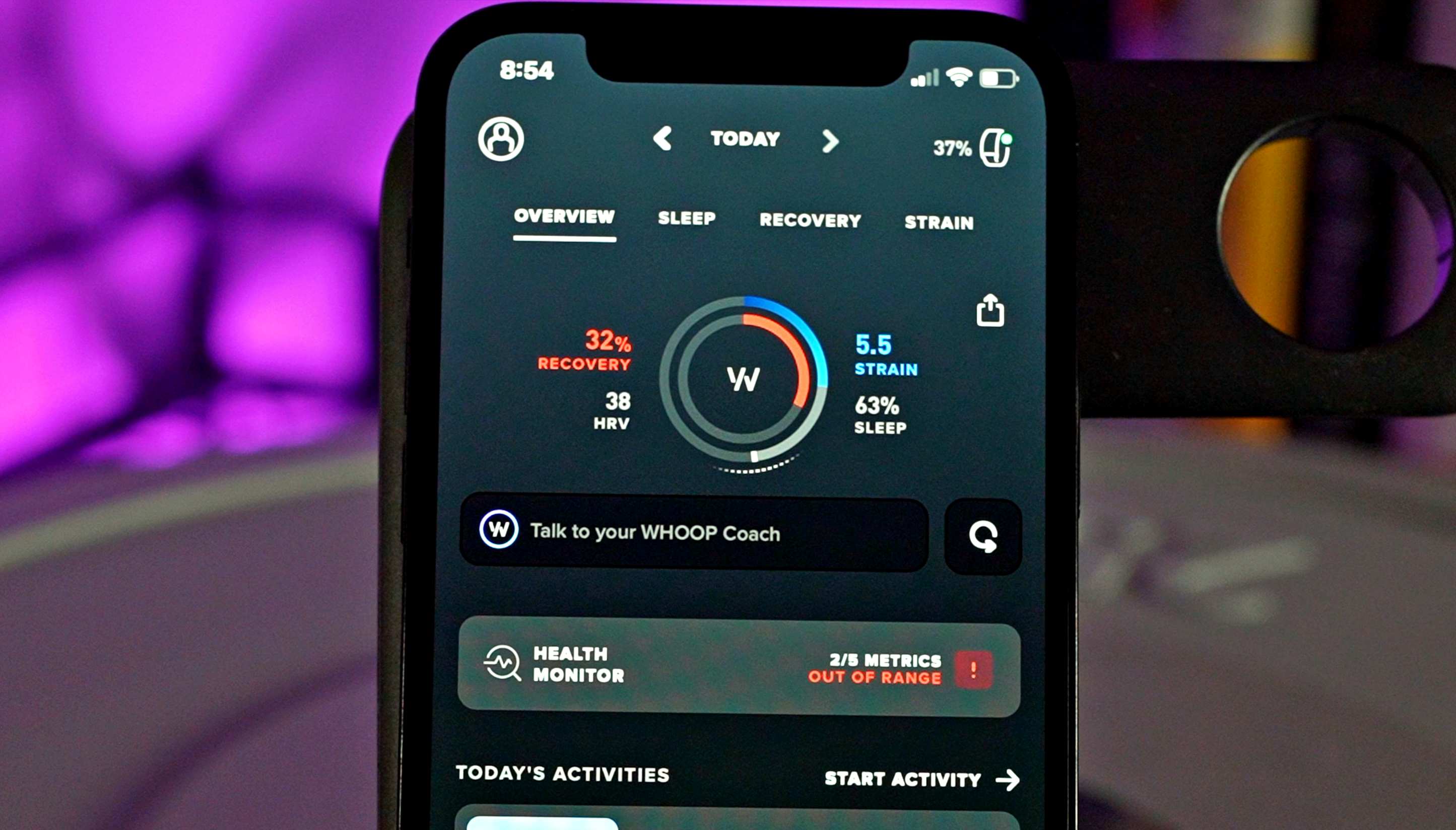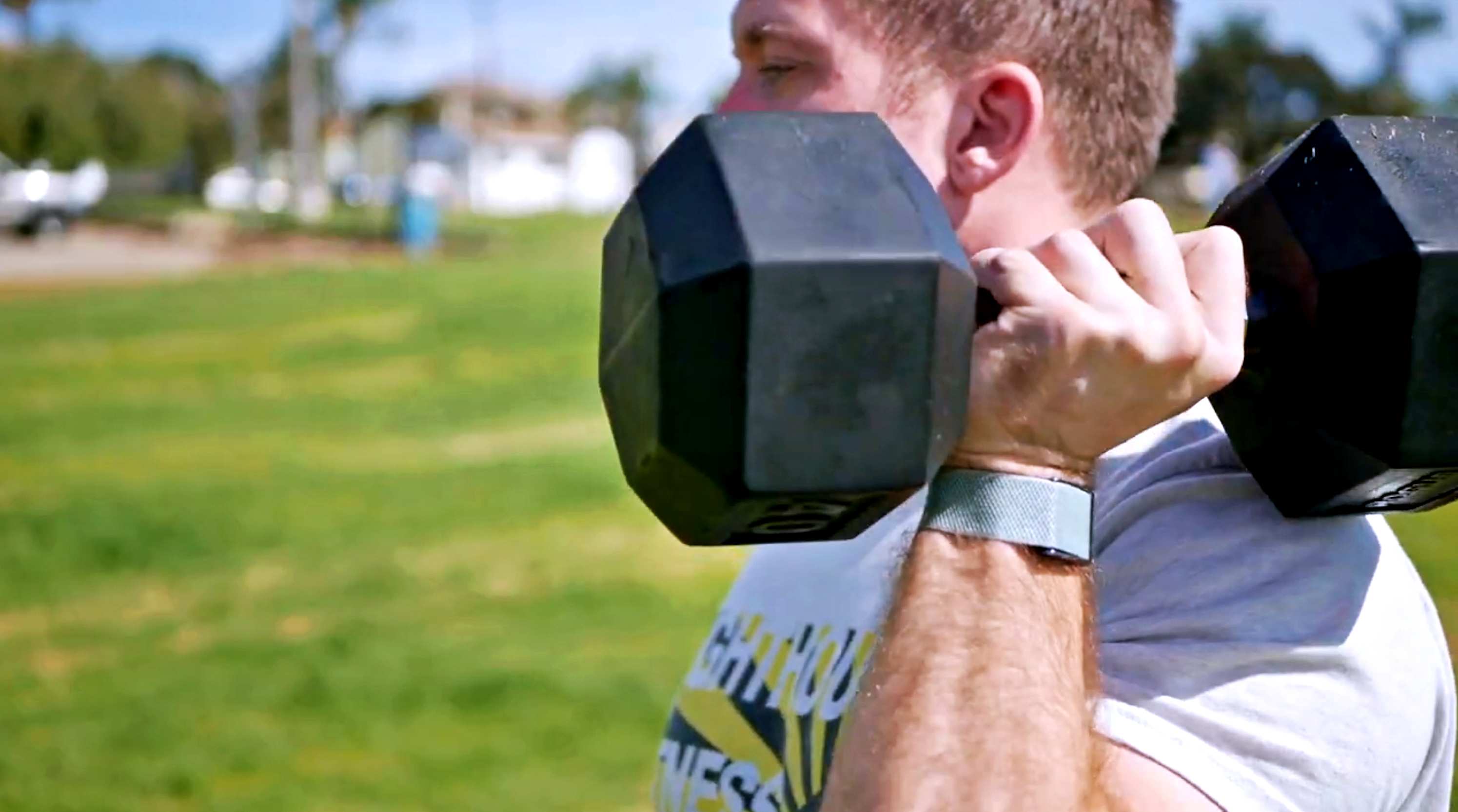
It has been two years since I first started using the WHOOP 4.0 Armband. During this time, I’ve also enjoyed testing dozens of other fitness wearables from the Oura Ring to the Apple Watch Ultra. But throughout these two years, WHOOP has continued to be the wearable I depend on the most.
Read (or watch) below to why I prefer WHOOP above other wearables, as well as some limitations of WHOOP that I think you should be aware.
WHOOP Band video review
Thanks to Ten Thousand for sponsoring today’s video!
Click here to get 15% off your entire order.
HRV Tracking
When it comes to fitness wearables, the most important feature for me is to have reliable and accurate Heart Rate Variability (HRV) tracking.
HRV is essentially a measurement of how consistent your heart rate rhythm is, and can be used to more deeply understand the recovery state of your body. For example, if your HRV score is lower than your average, this can indicate that your ability to recover from additional stress is low.
And so the ability to accurately track HRV can be useful in multiple ways.
- It is helpful to track HRV over a long period of time to evaluate whether your overall fitness level is increasing or decreasing.
- When HRV is paired with behavior tracking (which we’ll examine more further down), it can help you better understand which specific behaviors are actually improving or hurting your recovery. Spoiler alert: behaviors don’t effect everyone equally so being able to track this as an individual is very informative.
- You can use HRV to help evaluate how much stress to take on in a given day. If your HRV is lower than average for more than a day, adjusting your workout to improve recovery can lead to better results and decrease your chance of injury.
Long-term HRV tracking can generally be done well with a variety of sports watches. However, when it comes to behavioral pairing and more accurate daily HRV tracking, that is where WHOOP really shines above the rest.

One reason for this is because of the algorithm WHOOP uses to determine HRV. One important thing to know about HRV data is that it represents your recovery better the closer it is to when you wake up (ideally the best time is right after you wake up).
The problem with most wearables (like Oura, Garmin, Fitbit) is that the HRV score they give you is the average throughout the night. So even if you sleep great and your HRV in the morning indicates you have a high HRV, their algorithm can show a score much lower since it equally takes into account HRV taken when you first went to bed (before your deep sleep had a chance to help you recover).
Because of this, for most devices, I don’t find the HRV data reliable enough to be used to accuractly determine your daily readiness.
On the other hand, WHOOP heavily weighs your HRV score closer to when you actually wake up. So the number it gives you a better representation of the state your body is actually in. This still is not quite as good as a manual reading taken first thing in the morning, but it is pretty close. Since I prefer the ease of having an automatic reading, I feel WHOOP does the best job possible here.
I do want to mention that Polar sports watches do a good job as well. However, Polar falls far behind when it comes to personal behavioral tracking and analysis.

Behavior tracking
Another big reason why I continue to come back to WHOOP is to help track and motivate myself to keep up with healthy habits. With most fitness trackers, they may show your sleep or even HRV, but they do not do a great job of tracking and showing how specific behaviors are influencing those metrics.
WHOOP does and it far better than any other system I have yet to see. With a quick personalized journal that pops up every morning to help you track exactly what you want to track, it makes the whole process quick and easy. Then overtime, WHOOP shows statistically how each of the behaviors you track is affecting you for the better or worse.
For long-term behavior change, being able to associate behaviors with good or bad outcomes is incredibly important and something that I feel I miss out on when not wearing WHOOP. Some of the outcomes, like alcohol destroying my recovery, are obvious. Other outcomes, like viewing blue light before bed slightly improving my recovery, are far from what one would expect. While there are common trends among us all, it is important to remember not all of us respond in the same way. So being able to see exactly what is important and not important for me, has been an incredibly valuable experience.

Battery and additional features
The battery pack for WHOOP is also something I really enjoy because it is the only wearable I never have to take off and charge. The battery unit slides over the WHOOP armband while you wear it. So even if the WHOOP is low in battery I can still wear it while sleeping or working out while the battery pack charges it.
I also like that WHOOP is constantly testing out and adding new features that also tend to be quite useful. They recently added a stress monitor, breathing exercises, strength trainer, and even a new AI Coach you can chat with to get insights about your personal recovery.

Where WHOOP falls behind
Despite WHOOP being my preferred wearable, there are still a few problems with it, and is why I don’t necessarily recommend it for everyone.
One problem I have is that WHOOP will not track your steps. It could, but WHOOP has decided to mix walking into all your other daily activity in order to give an overall daily “Strain Score”. The problem with this is that for me, I value walking and tracking steps differently than working out. I can workout hard and get a high Strain Score, but still not have moved a ton throughout the day.
So I don’t really like that steps hidden and combined into an overall score that doesn’t mean much to me. I would love it if WHOOP also allowed to track your steps if you wanted to.
I also feel like WHOOP is a poor choice for runners if this is your only wearable. Since there is no screen, you won’t be able to see your real-time heart rate, pace, distance, and even see your run tracked with GPS.

Despite these two minor issues, I still think WHOOP is one of the most valuable wearables currently on the market. I think the value here is great for athletes, but just as much for regular people who want to make some healthier lifestyle changes.
Buy WHOOP here
(use code CTW for a free Month)
FTC: We use income earning auto affiliate links. More.


